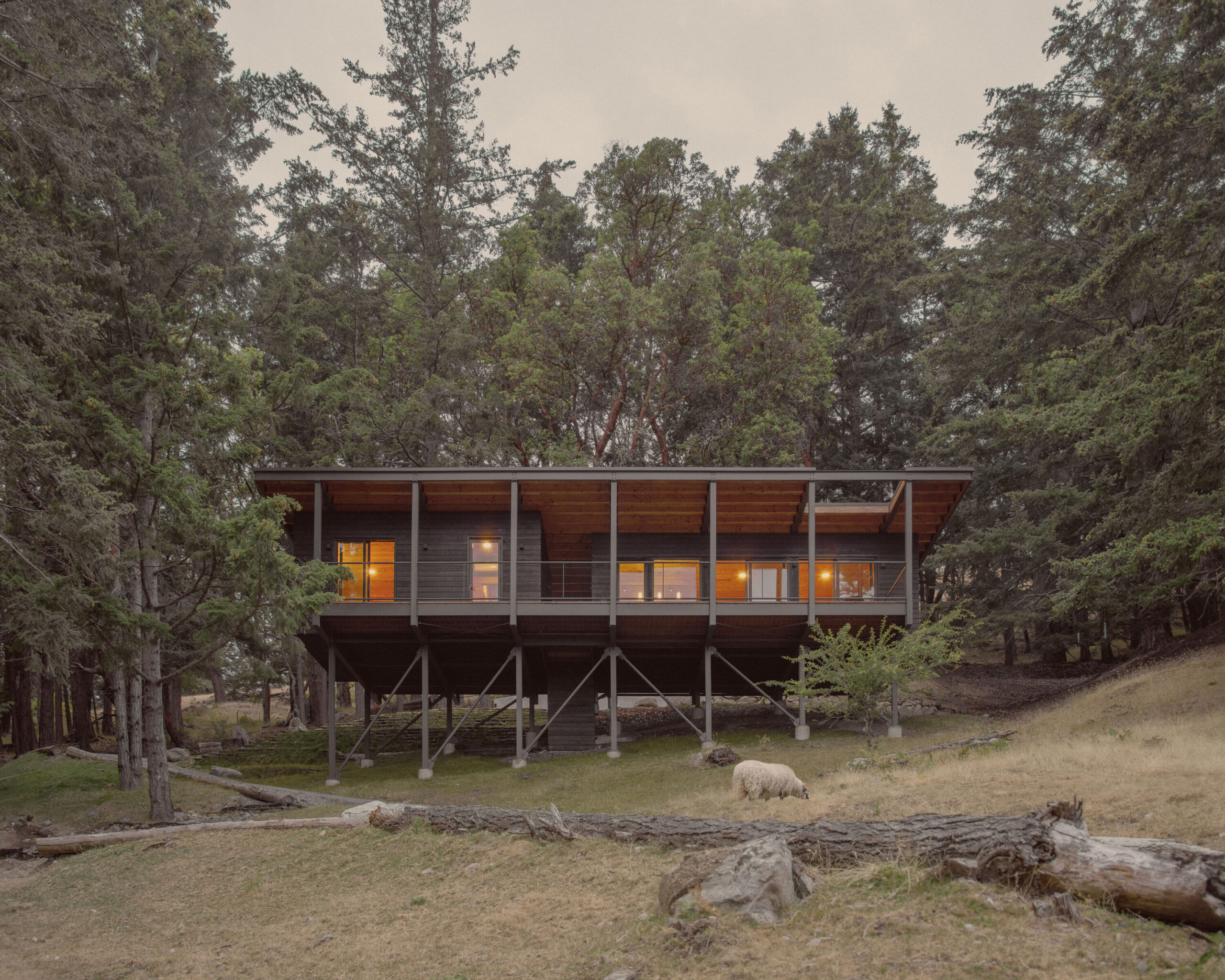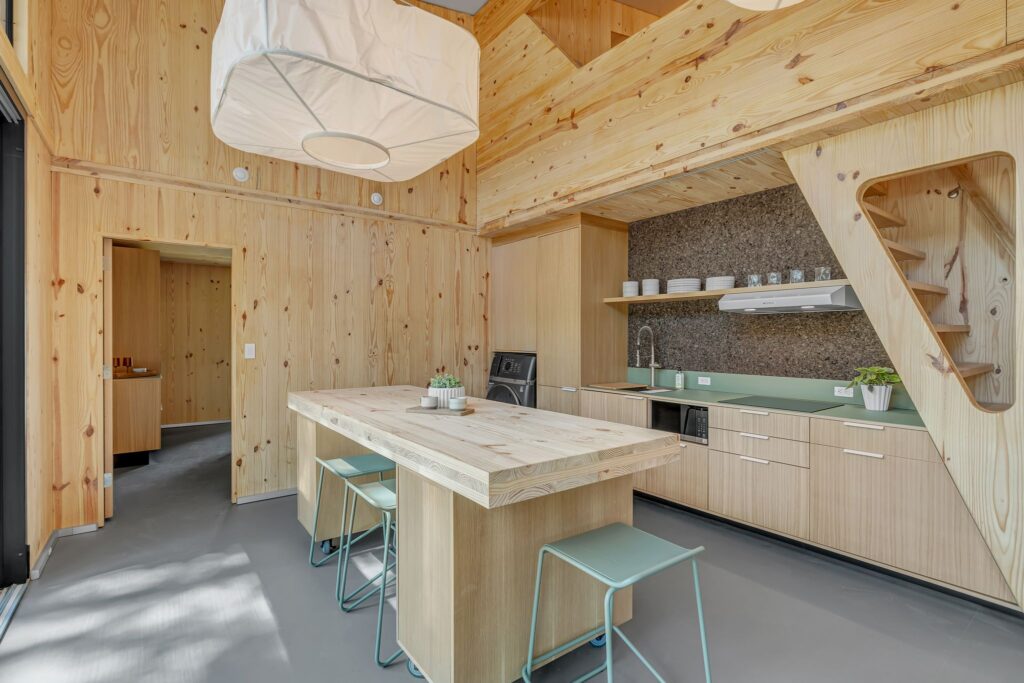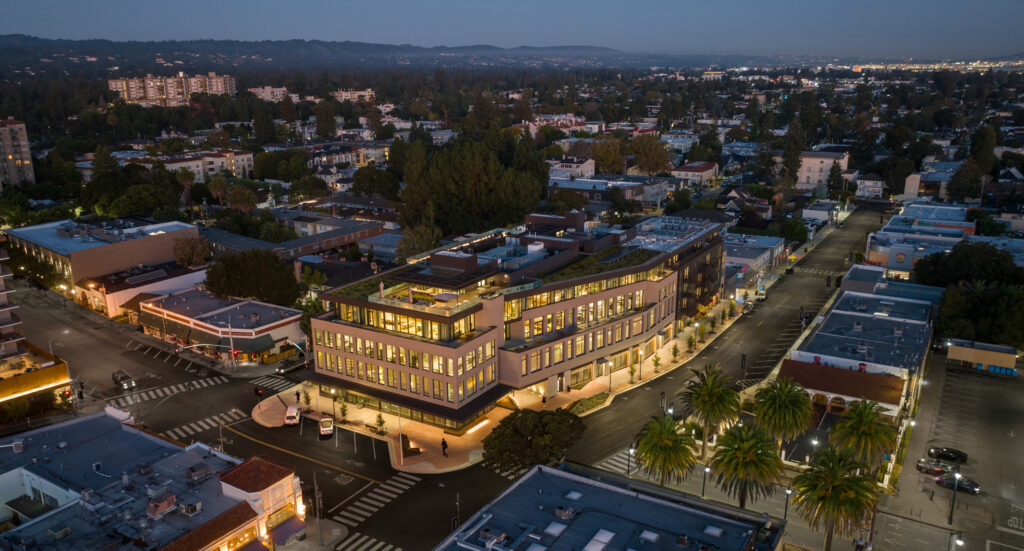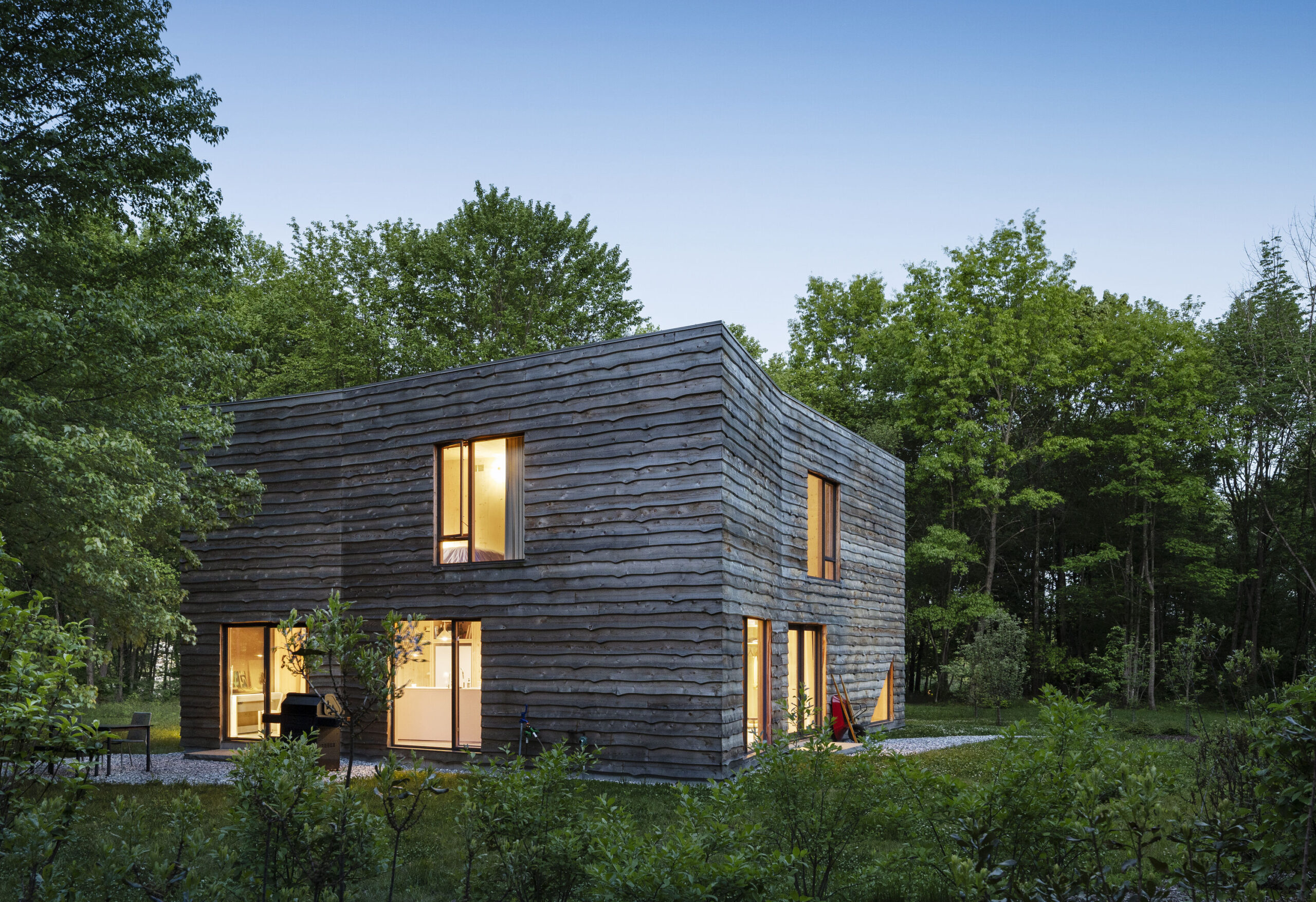“One of the biggest financial burdens for people with ALS and their families is making their home accessible, particularly given how fast the disease can progress. With this project, we’re trying to think on a larger scale about how to solve some of these big challenges that are affecting individuals and families all over the country and the world,” explains Whitlock-Wild.
Matt’s Place is made possible through the foundation’s fundraising efforts and with the support of a group of local businesses. This coalition of supporters includes Miller Hull–the firm has donated design services to the project as part of its initiative to improve social equity.
“It’s so refreshing to have a programmatic and architectural problem to solve that is deeply rooted in and driven by such an important need for people with disabilities to have better-designed spaces,” said Brian Court, partner at Miller Hull, who is overseeing the project’s design.













